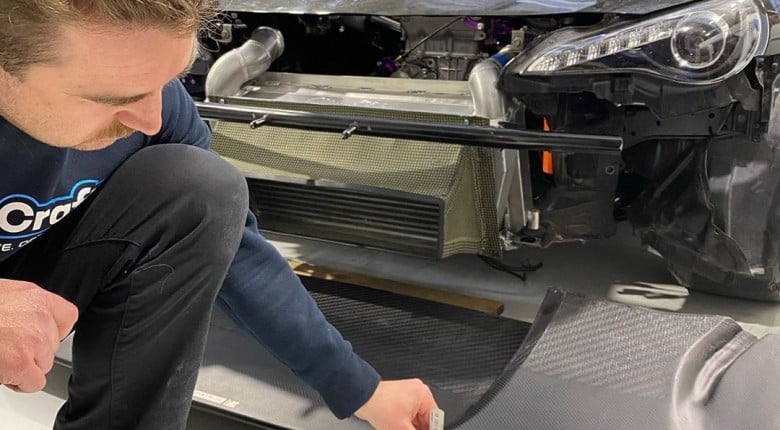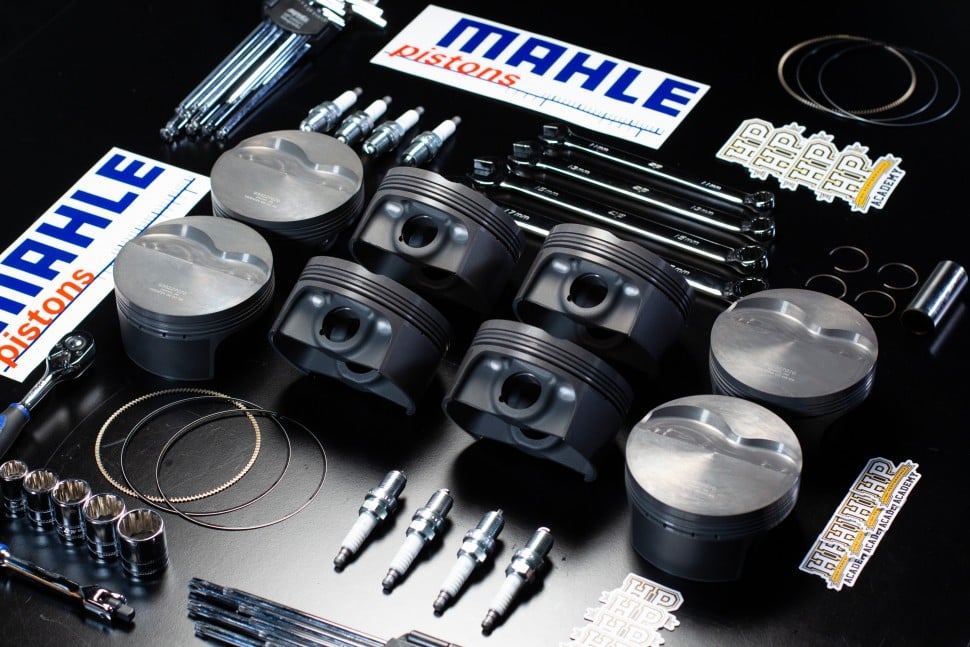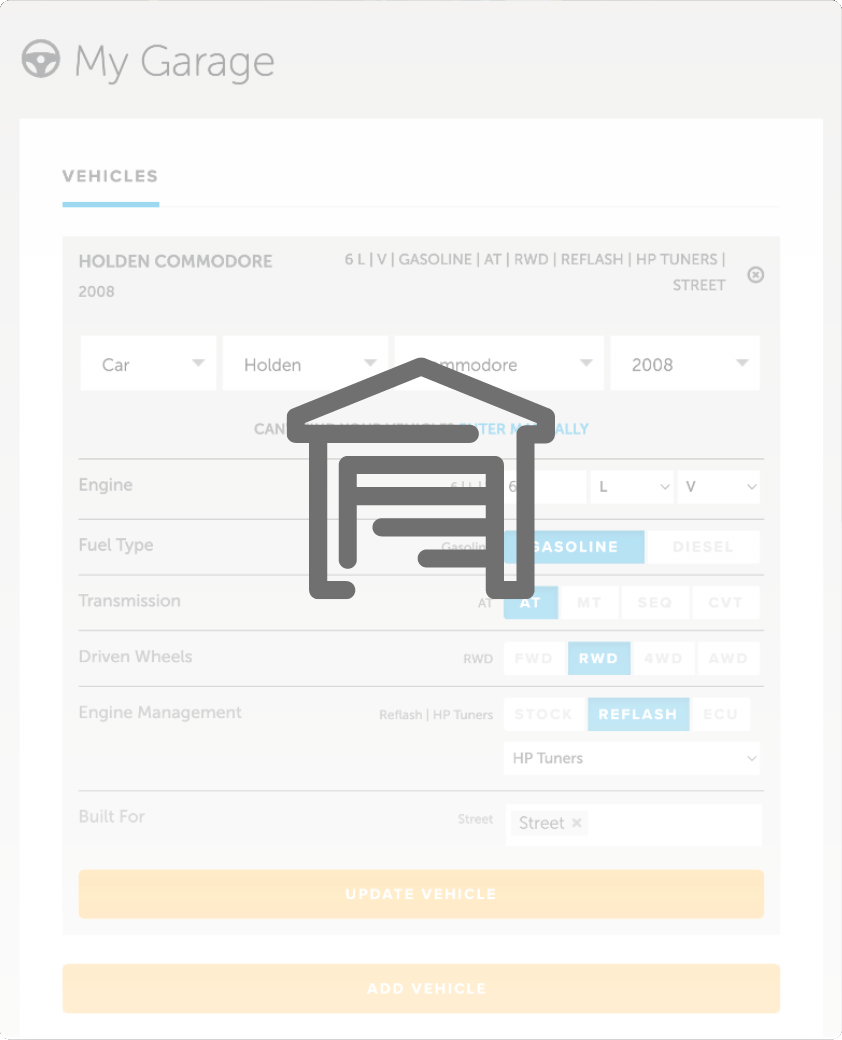When it comes to race car aerodynamics, myths fly around fast, especially online. At High Performance Academy, we’re all about cutting through the noise and focusing on what actually improves performance. Here are five of the most common myths we see people get wrong, and the truths behind them.

Myth 1: Performance Comes from the Pressure Side
Many people believe that devices like splitters and wings work because of the pressure they create on the top side — the so-called “pressure side.” But in reality, the majority of performance gains come from the suction side: the low-pressure zone under a wing or splitter.
Why? There’s a physical limit to how much pressure you can generate on the top (the pressure coefficient maxes out at 1), but there’s no hard cap on how low the pressure can go underneath. That’s why aerodynamicists focus intensely on optimizing the suction side — that’s where the real gains are made.
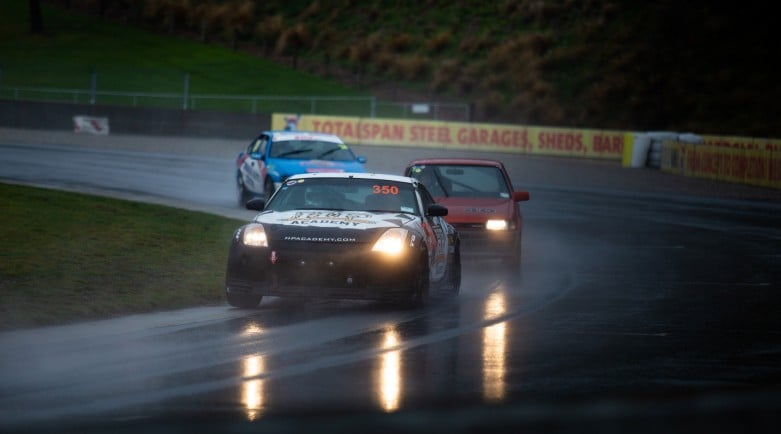
Myth 2: Aerodynamics Are Speed-Sensitive
A lot of internet chatter suggests that wings “stall” at certain speeds or only work within specific speed ranges, borrowing concepts from aviation. But for race cars, most aerodynamic devices are fixed — they don’t change angle of attack like an airplane’s wing.
What does matter is condition sensitivity: things like ride height, crosswinds, or body roll, which change the way air flows around the car as speed increases. While there’s a small Reynolds number effect (how airflow behavior shifts with speed), the idea that a race car’s aero is dramatically speed-sensitive is largely overblown. It’s the car’s physical attitude and the conditions that make the bigger difference.
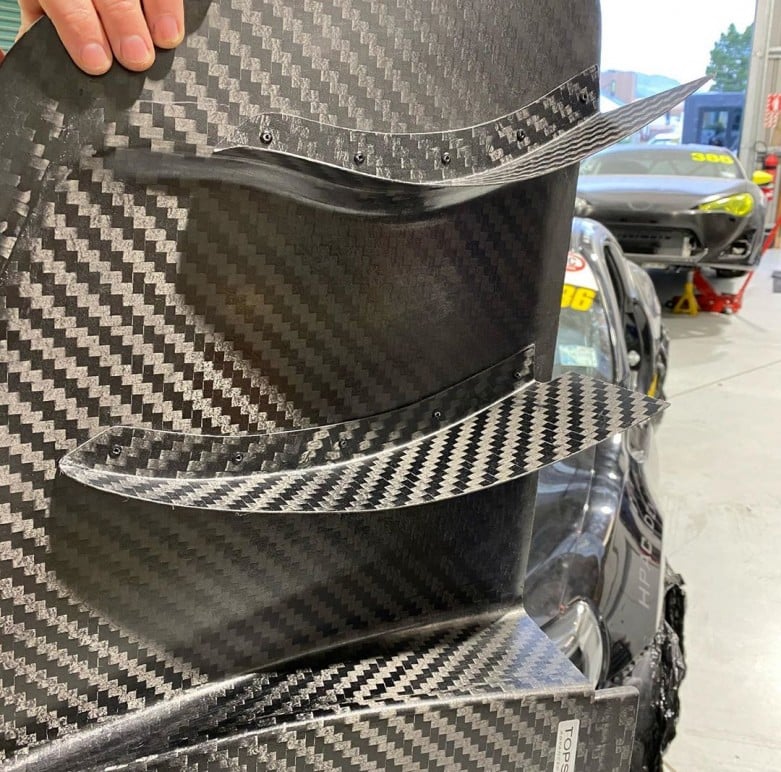
Myth 3: Sharp Leading Edges Are Better
You might think sharp-edged aero devices cut through the air better — but sharp leading edges often hurt, not help. They create sharp pressure peaks that can trigger flow separation, thickening the boundary layer and killing performance.
Race cars operate under constantly changing conditions, so a sharp edge aligned perfectly for one situation can become a liability when the car pitches or encounters crosswinds. The smarter design? Smooth, curved leading edges that handle variable flow gracefully, with sharpness reserved for trailing or vortex-shedding edges.
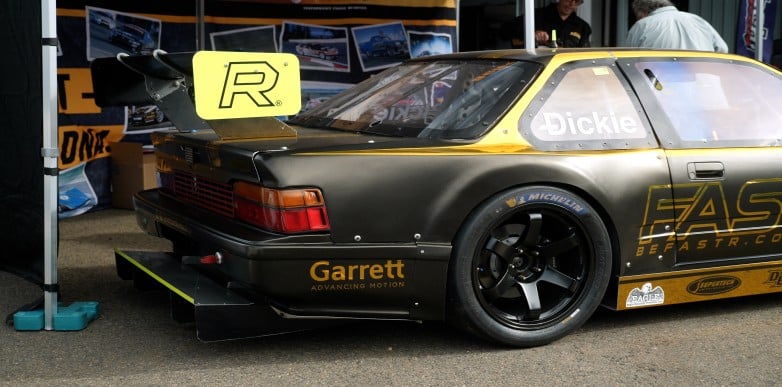
Myth 4: Bigger Diffusers Are Always Better
Time attack cars and homebuilt race cars often bolt on the biggest diffuser they can fit, thinking “more volume = more downforce.” But size alone doesn’t guarantee performance.
An oversized diffuser can blow up edge and strake vortices, turning them into flow blockages rather than suction-enhancing structures. Poorly designed big diffusers often perform no better — or worse — than a well-optimized smaller unit. Without proper analysis tools, going conservative on diffuser size is usually the smarter path.
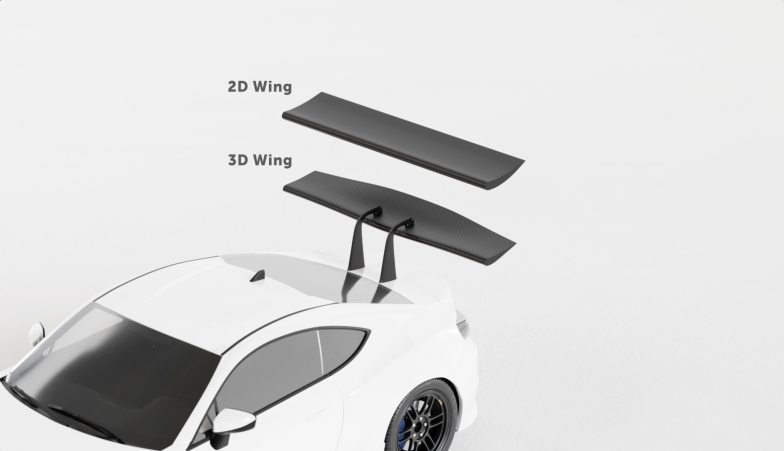
Myth 5: Adding More Elements Boosts Downforce
Multiple wing elements can help, but only when used correctly. Adding extra elements just for the sake of it can actually weaken an airfoil by backing off the overall loading and introducing gaps (slots) that rob performance.
Multi-element setups shine when you’re pushing steep angles or need to keep airflow attached in tricky situations. But for most applications, a single-element wing that’s properly dialed in will outperform an unnecessarily complex multi-element system. More isn’t always better — it’s about using the right tool for the job.
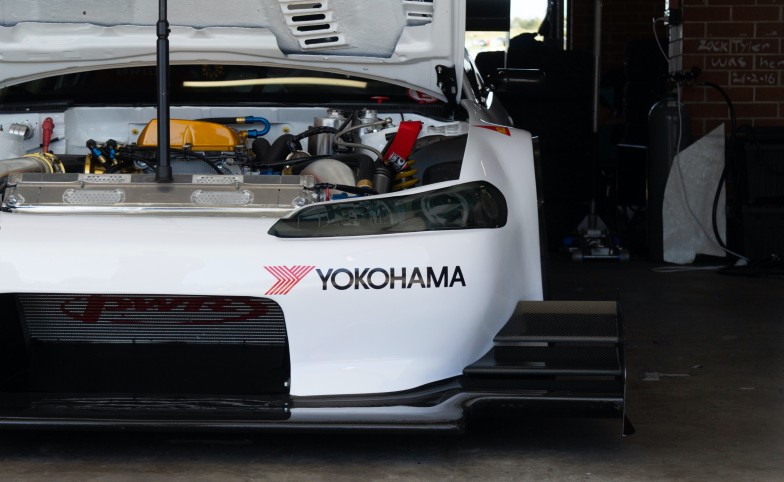
Conclusion
Aerodynamics is a field where intuition can easily mislead you. What looks “aggressive” or “high performance” on the surface often hides deeper complexities. By cutting through these five myths, you’re already on your way to building smarter, faster, and more effective race car setups.
For more indepth knowledge that is 100% actionable on your own build, enrol in the Aerodynamics Fundamentals course today.
